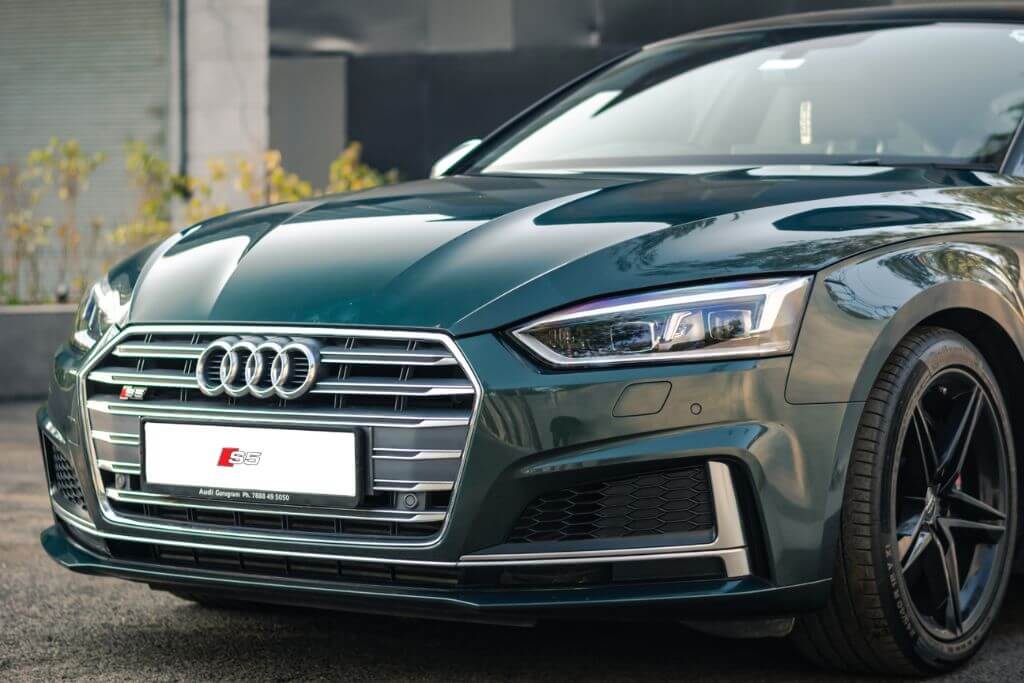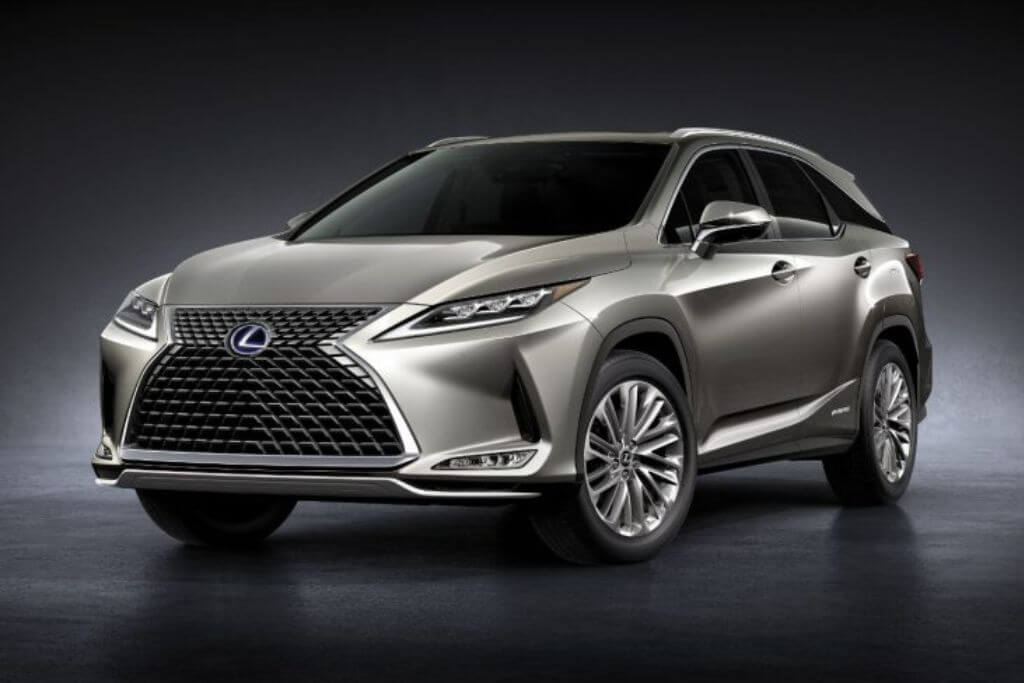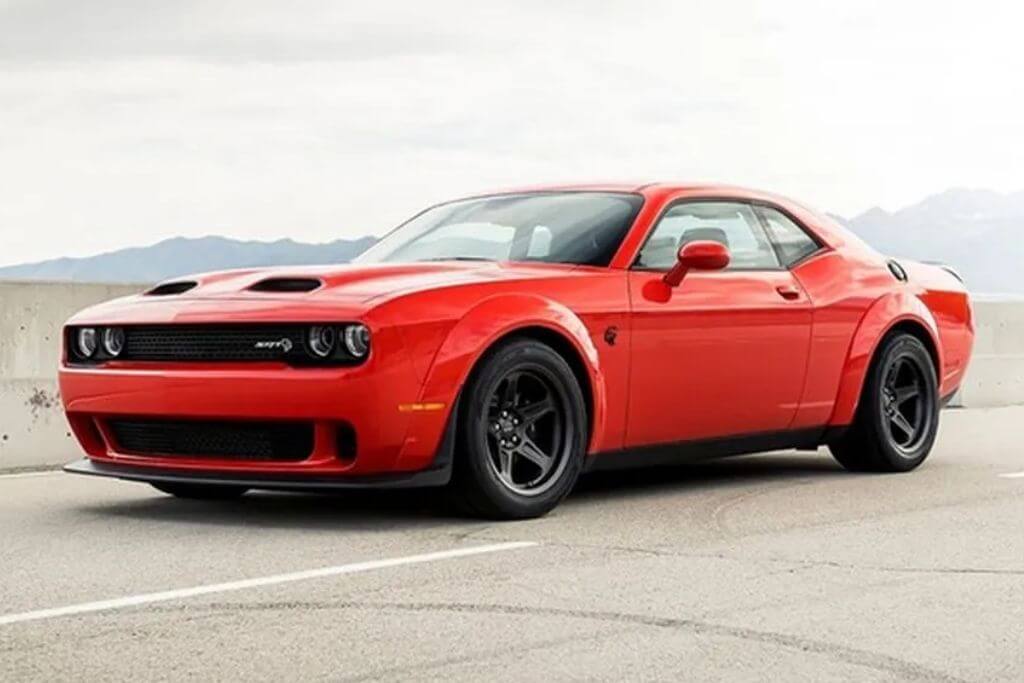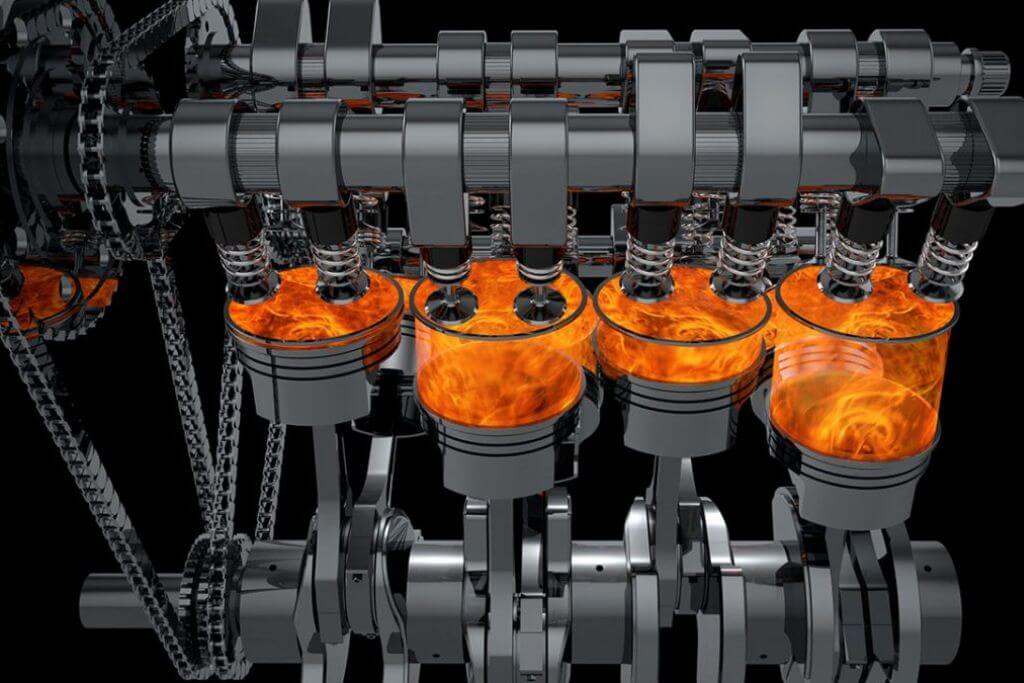Learn more about the history of the creation of the V6 engine, the most widely used engine in the world
Adverts
The emergence of the V6 engine represented an alternative to the traditional V8 engine, providing a combination of improved performance and fuel efficiency.
The history of this type of engine dates back to 1904, when French engineer Léon Levavasseur developed the first V6 engine for the Antoinette aircraft. However, it wasn't until the 1950s that the V6 engine began to be adopted in land vehicles.
Designed as a more compact and efficient option compared to the V8 engine, the V6 engine was conceived by grouping together three cylinders from an inline-six engine, forming a V-shape.
Adverts
This configuration resulted in a lighter and smaller engine, reducing friction and consequently improving fuel efficiency.
In addition to its compactness, the V6 engine was developed to provide superior performance to the inline-six engine. The V-shaped layout allowed the cylinders to operate more efficiently, generating more power and torque compared to its inline-six equivalent.
Over the years, the V6 engine has undergone evolutions that have included the incorporation of advanced technologies such as electronic fuel injection and engine management. These innovations have contributed to further improving the fuel efficiency and performance of the V6 engine.
In short, the V6 engine emerged as a more efficient and powerful alternative to the inline-six engine, offering consumers a more compact and efficient option than the traditional V8 engine. Over time, the V6 engine has evolved to become a popular choice in a variety of vehicles.
Read on to find out more about this engine, which is the most widely used in the world.
Quick Index:
The most famous models
There is no specific car that can be considered the "most renowned" when adopting a V6 engine, as this determination is subject to several factors, including the vehicle's production period, its popularity and trends in the automotive industry at the time.
Over the years, a number of high-performance and sports cars have been equipped with V6 engines, including well-known and sought-after models in the automotive sphere. Notable examples include the Audi RS 4, the Nissan GT-R and the Porsche Panamera.
You might be interested:
- The 5 best online auction sites
- How to tell if an online auction site is reliable
- Discover the Car and Motorbike Auctions
Another car recognised for its use of the V6 engine is the Acura NSX, a hybrid supercar manufactured by Honda. First launched in 1991, the NSX stood out for its unique combination of performance, advanced technology and elegant design.
In addition, several luxury and sports cars produced by brands such as Audi, BMW and Mercedes-Benz incorporate V6 engines, which contributes to their popularity and recognition as a common choice in high-performance vehicles.
Cars that use the V6 engine
Many cars from different segments and manufacturers have V6 engines, including some of the most recognisable and popular vehicles in the automotive industry. Here are a few examples:
- Audi S4, RS 4 and S6
- BMW M3 and M5
- Infiniti Q50 and Q60
- Lexus LS, LC and GS
- Mercedes-Benz E-Class and S-Class
- Nissan Maxima and GT-R
- Porsche Panamera and Macan
- Acura NSX
- Cadillac CTS and CT6
- Chevrolet Camaro and Impala
- Dodge Challenger and Charger
These are just a few of the many cars that make use of V6 engines. Some manufacturers even offer hybrid or electric versions equipped with V6 engines, giving consumers a variety of options in terms of performance and fuel efficiency.
Curiosities
Here are some interesting facts about the V6 engine:
History: The V6 engine, first conceived in the 1950s, emerged as a response to the search for a more compact and efficient alternative to V8 engines. Over the decades, its evolution has incorporated notable technological advances, such as the introduction of electronic fuel injection systems and the implementation of phase variation systems in the valve train.
Performance: Renowned for providing a remarkable balance between power and torque, V6 engines are common in many sports and luxury car models and are essential components in high-performance vehicles.
Fuel efficiency: Many V6 engines are designed with a focus on fuel efficiency, standing out for their ability to offer better efficiency compared to V8 engines. This achievement is often attributed to the more compact size of these engines, as well as the incorporation of advanced technologies such as direct fuel injection.
Configuration: The "V" configuration of V6 engines refers to the arrangement of the cylinders in the engine block, organising them in a "V" formation with three cylinders on each side.
Technology: Technological developments in V6 engines include the implementation of advanced fuel injection systems, sophisticated engine management systems and innovative camshaft phase variation technologies.
Popularity: Widely adopted in the automotive industry, the V6 engine is offered by numerous manufacturers in a wide variety of models. Its use is especially prominent in successful sports, luxury and family cars, contributing significantly to its acceptance and popularity in the global automotive market.
Conclusion
The V6 engine is a significant evolution in the automotive industry, offering a compact and efficient alternative to traditional V8 engines.
Over time, it has undergone technological improvements, standing out for its balanced performance and fuel efficiency.
Its presence spans several segments and is common in sports, luxury and family cars. The "V" configuration of the cylinders is distinctive, contributing to its efficiency.
In short, the V6 engine is a versatile and well-established choice in modern vehicle production.
You may be interested:
- Receivables: how to claim on time
- All about the Winter Bono
- Get to know the Permanent Family Allowance
Did you like this content? Share it with your loved ones and save it to your favourites for future reference.


















